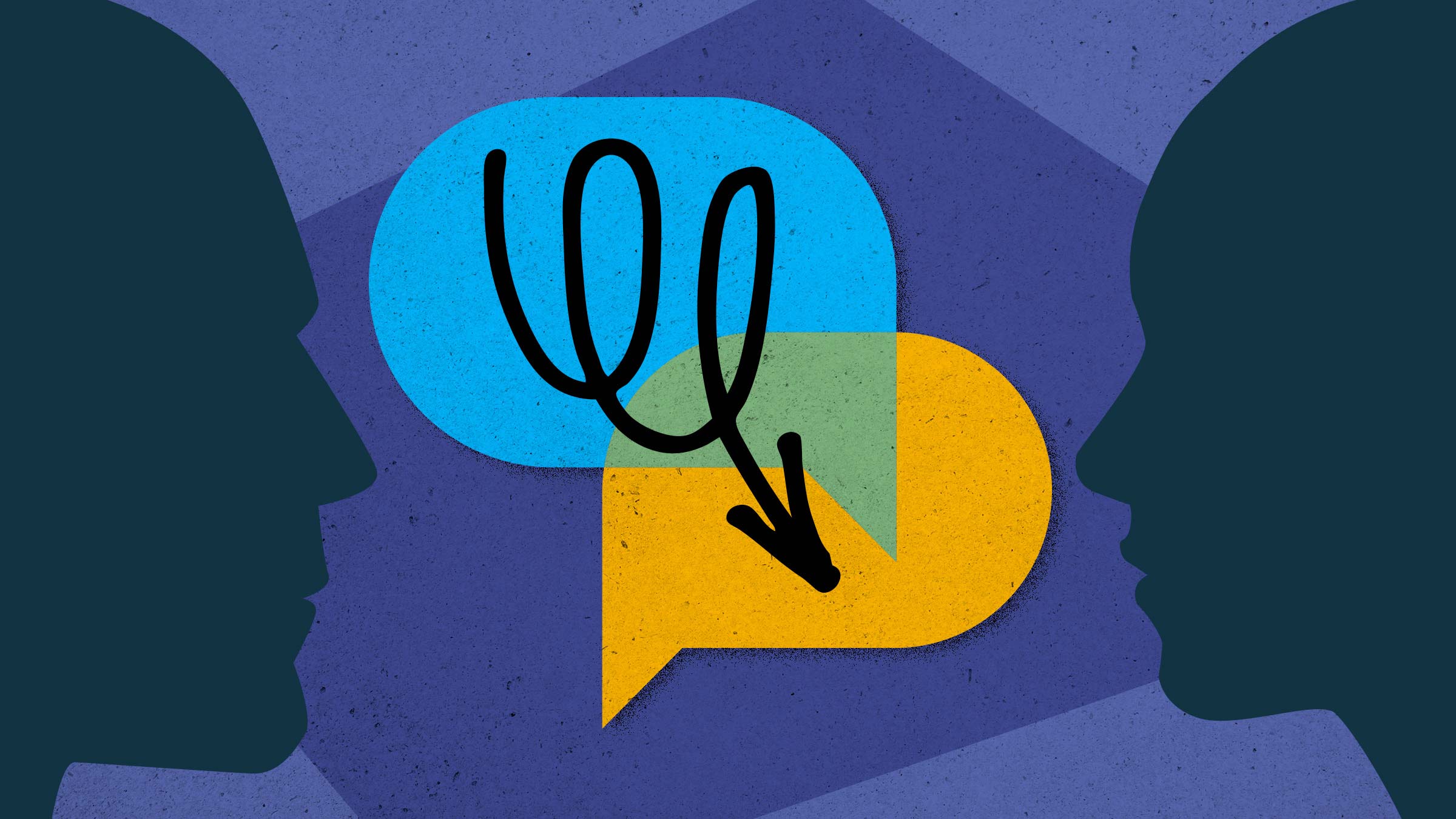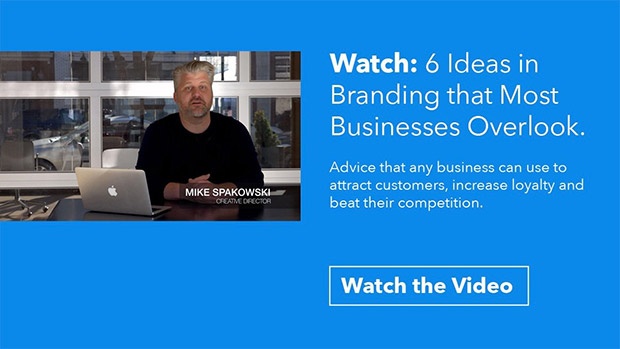Design Is a Conversation: Self Doubt, Growth and a Better End Product
I logged in to a Zoom call with a client recently to present some designs. I liked what I had made and was confident the client would, too.
It was quickly apparent that what I had designed wasn’t hitting the mark for the client. My stomach dropped. Self-doubt kicked in.
After the call, I asked myself: How do I turn this around? How do I get past the self-pity? How do I quiet the inner voice that tells me the only thing I should be designing are plans for a new career?
I returned to my mantra.
When I need to clear my mind and level-set myself, I repeat it to myself:
“Design is a conversation.”
As much as I want to hit it out of the park the first time, every time, that’s an unrealistic goal. Sure, I have my moments where I nail it right from the start, but most of the time the process is a lot messier.
Whether it’s branding or web design, the first client presentation is the beginning, not the end, of a broader discussion. It’s our opportunity to say, “Here’s how I think we can solve your problem,” and the client’s chance to say, “I get where you’re coming from, but what if we thought of it like this?”
Sometimes valuable insights that didn’t come up in our initial stakeholder meetings are brought up in that first presentation. A lot of magic happens in the conversation.
Design is about solving problems, and a big part of problem solving is being open to ideas that aren’t yours and finding new answers in the dialogue. Our clients know their business best—their contributions to the conversation can push my original concept to be a better solution for their needs.
Design is also an iterative process. It’s self-defeating to put so much pressure on myself to “get it right the first time” when that rarely ever happens. As designers, we need to remember that when major changes are needed, it’s not a reflection on our talent or efforts. Instead, it means that what was designed needs to be pushed further to meet the project goals.
I still want to get things perfect the first time. Sometimes the hardest advice to follow is your own…
So how did it all turn out? After picking myself up off the floor, setting my ego aside and reminding myself that “design is a conversation,” I reflected on what was discussed. With our client’s feedback in mind, I took a closer look at the problem we were trying to solve and developed a design solution that better aligned with our client’s goals thanks to the additional context we received.
The second presentation was a hit. We ended up with a stronger solution that was in alignment with our client’s goals.
So remember, design is a conversation. And just like any other aspect of life, some conversations are difficult—but you usually end up feeling a lot better on the other side.



